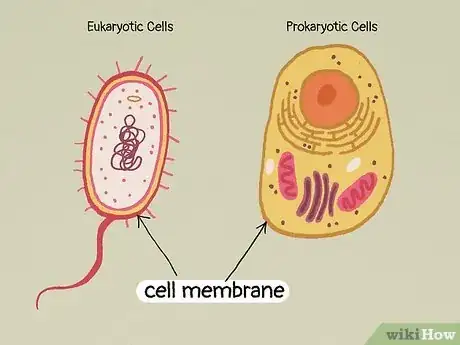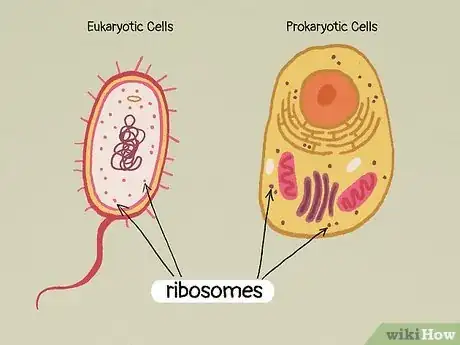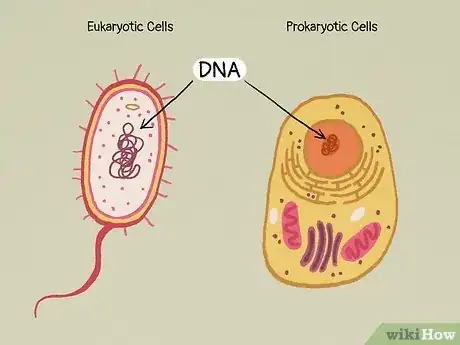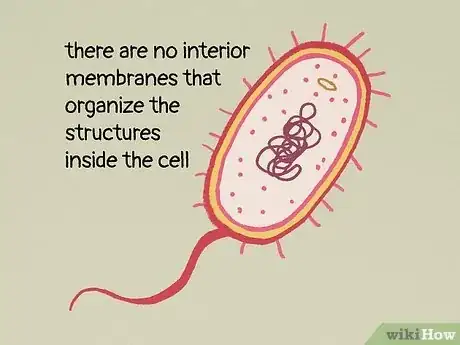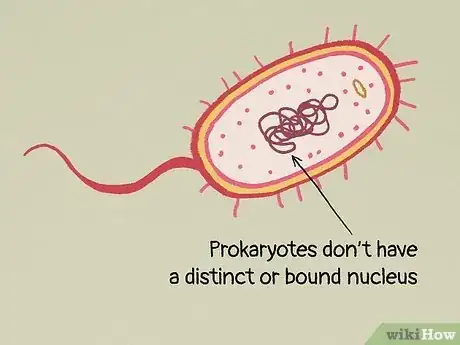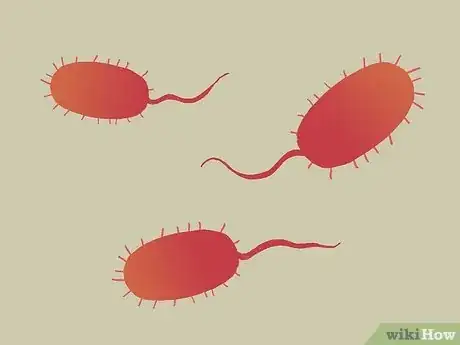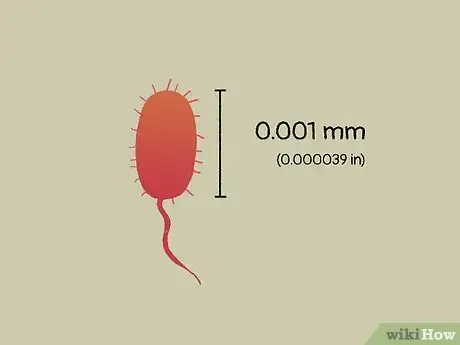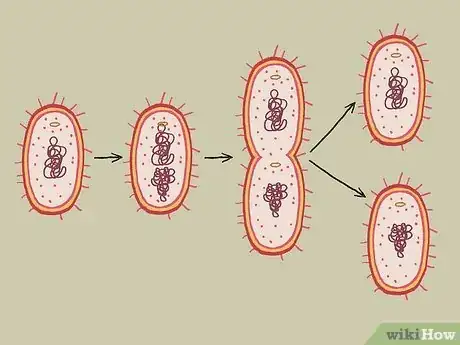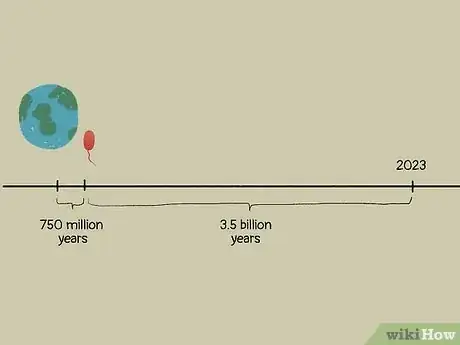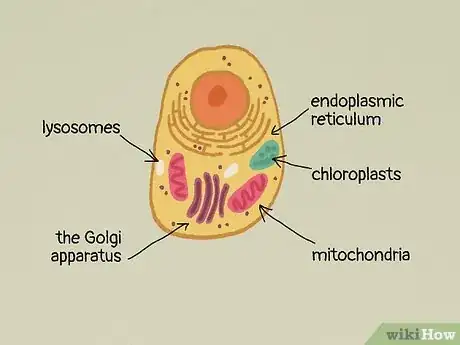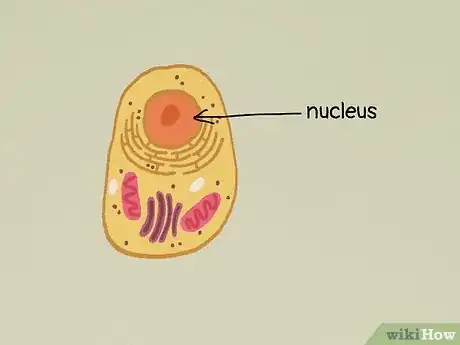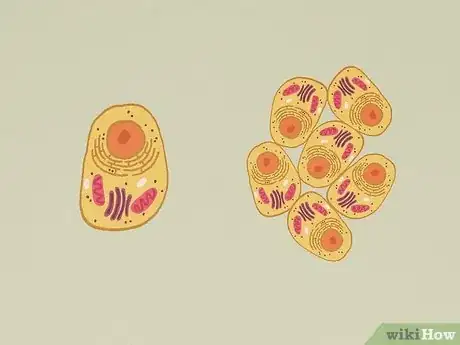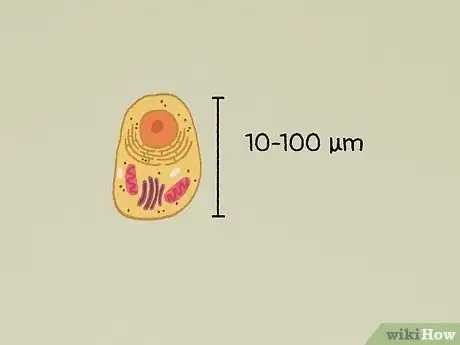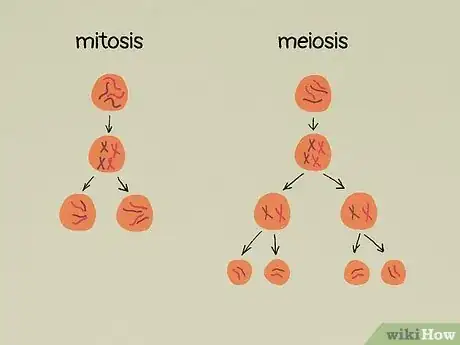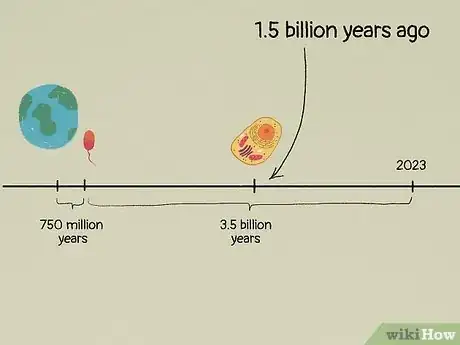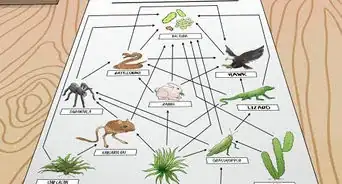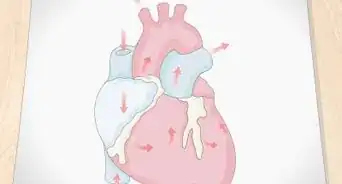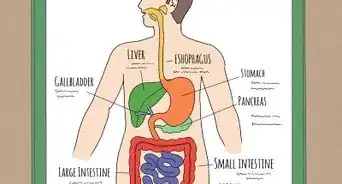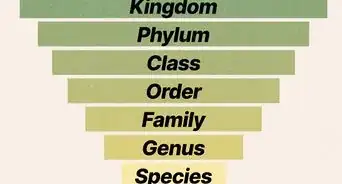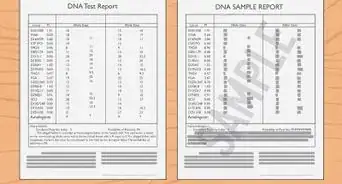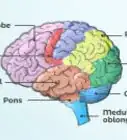This article was co-authored by wikiHow staff writer, Dan Hickey. Dan Hickey is a Writer and Humorist based in Chicago, Illinois. He has published pieces on a variety of online satire sites and has been a member of the wikiHow team since 2022. A former teaching artist at a community music school, Dan enjoys helping people learn new skills they never thought they could master. He graduated with a BM in Clarinet Performance from DePauw University in 2015 and an MM from DePaul University in 2017.
There are 7 references cited in this article, which can be found at the bottom of the page.
This article has been viewed 1,614 times.
Learn more...
Cells are complicated little things that come in all sorts of shapes and sizes and perform a lot of very different functions. Despite their incredible diversity, there are a handful of things that all cells have in common whether they’re a single-celled bacteria or a red blood cell inside of a chihuahua. In this article, we’ll walk you through the similarities between prokaryotic and eukaryotic cells, plus show you the unique characteristics that set these types of cells apart. No need to stress about studying for your next bio test—we’ve got the full breakdown of prokaryotes vs. eukaryotes!
Things You Should Know
- All cells (prokaryotes and eukaryotes) have a cell membrane, cytoplasm, ribosomes, and DNA.
- Prokaryotes are small, simple cells with a nucleoid region in place of a defined nucleus. They make up unicellular organisms and reproduce through binary fission.
- Eukaryotes are large, complex cells that make up multicellular organisms and have a clear nucleus in a membrane. They reproduce through mitosis or meiosis.
Steps
Cell Similarities
-
1All cells have a cell membrane. The cell membrane is what separates the interior of a cell from its outside environment. It’s semipermeable and regulates which substances can enter and exit the cell. The membrane is made of a lipid bilayer (a combination of proteins and phospholipids, or organic compounds that contain phosphates).[1]
- The cell membrane is also called a plasma membrane.
- Some cells, like plant, fungi, and bacteria cells, have a cell wall outside the cell membrane as an extra layer of protection and structure.
-
2All cells are filled with cytoplasm. Cytoplasm is a fluid, jelly-like substance that fills the interior of a cell. It’s made mostly from water, salts, organic molecules, and a watery fluid called cytosol. A cell’s internal parts and organelles (small structures within a cell that carry out a specific function) are suspended in the cytoplasm.[2]
- In eukaryotic cells, structures like the nucleus and mitochondria are separated from the cytoplasm by a membrane.
Advertisement -
3All cells contain ribosomes. Ribosomes are structures that bind amino acids together into proteins and carry out genetic instructions from the cell’s DNA. All ribosomes are made of 2 subunits (a larger one and a smaller one). Prokaryotic subunits are smaller than eukaryotic ones and are labeled 50-S and 30-S by biologists. Eukaryotic subunits are labeled 60-S and 40-S.[3]
- In prokaryotes, the ribosomes float freely in the cytoplasm throughout the cell.
- In eukaryotes, the ribosomes are bound by a membrane and are typically found in the cytoplasm, endoplasmic reticulum, or covering the nuclear membrane.
- The endoplasmic reticulum is a network of tubes in the cytoplasm attached to the nuclear membrane.
-
4All cells encode their genetic information in DNA molecules. Deoxyribonucleic acid (DNA) tells the cell to create RNA (ribonucleic acid) molecules that interact with ribosomes to create proteins and perform other functions. Prokaryotic DNA is simple, circular, and needs a lot fewer genes to function than in a eukaryotic cell. The one circular DNA molecule might be accompanied by smaller DNA circlets called plasmids and is not organized into chromosomes.[4]
- Eukaryotic DNA is linear and complex. It contains packaging proteins called histones and is organized into chromosomes for sexual reproduction.
References
- ↑ https://www.diffen.com/difference/Eukaryotic_Cell_vs_Prokaryotic_Cell
- ↑ http://www.nslc.wustl.edu/courses/bio101/cruz/Organelles/Organelle.htm
- ↑ https://www.livescience.com/65922-prokaryotic-vs-eukaryotic-cells.html
- ↑ https://www.diffen.com/difference/Eukaryotic_Cell_vs_Prokaryotic_Cell
- ↑ https://www.technologynetworks.com/cell-science/articles/prokaryotes-vs-eukaryotes-what-are-the-key-differences-336095
- ↑ https://www.livescience.com/65922-prokaryotic-vs-eukaryotic-cells.html
- ↑ https://www.technologynetworks.com/cell-science/articles/prokaryotes-vs-eukaryotes-what-are-the-key-differences-336095
- ↑ https://www.technologynetworks.com/cell-science/articles/prokaryotes-vs-eukaryotes-what-are-the-key-differences-336095
- ↑ https://science.umd.edu/classroom/bsci424/BSCI223WebSiteFiles/ProkaryoticvsEukaryotic.htm
- ↑ https://sciencing.com/evidence-proves-prokaryotes-existed-before-eukaryotes-18397.html
- ↑ https://www.technologynetworks.com/cell-science/articles/prokaryotes-vs-eukaryotes-what-are-the-key-differences-336095
- ↑ https://www.livescience.com/65922-prokaryotic-vs-eukaryotic-cells.html
- ↑ https://www.technologynetworks.com/cell-science/articles/prokaryotes-vs-eukaryotes-what-are-the-key-differences-336095
- ↑ https://www.technologynetworks.com/cell-science/articles/prokaryotes-vs-eukaryotes-what-are-the-key-differences-336095
- ↑ https://science.umd.edu/classroom/bsci424/BSCI223WebSiteFiles/ProkaryoticvsEukaryotic.htm
- ↑ https://sciencing.com/evidence-proves-prokaryotes-existed-before-eukaryotes-18397.html
- ↑ https://education.nationalgeographic.org/resource/symbiosis-art-living-together
